From development land, residential land to townhomes whatever you are looking for RPM has the ideal location for you.
From development land, residential land to townhomes whatever you are looking for RPM has the ideal location for you.

Development Land
Specialists in sourcing and selling development land for commercial and residential projects. Explore current and past opportunities.
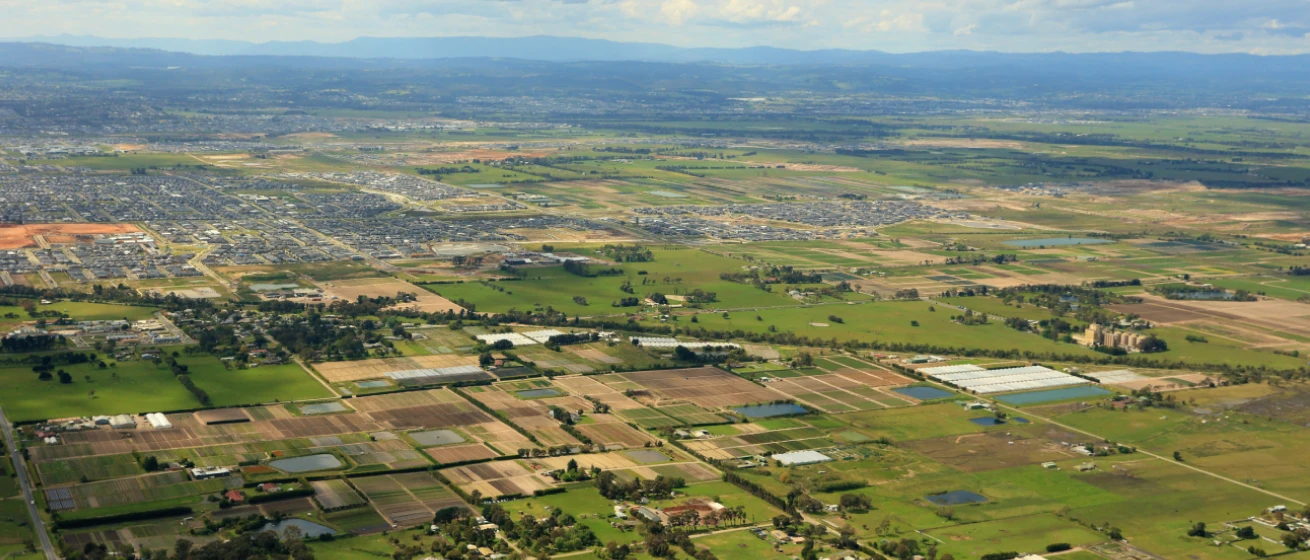
Residential Land
Across Australia’s East coast RPM has the ideal land to suit your lifestyle and dream home, explore the projects RPM is proud to be partners in selling.
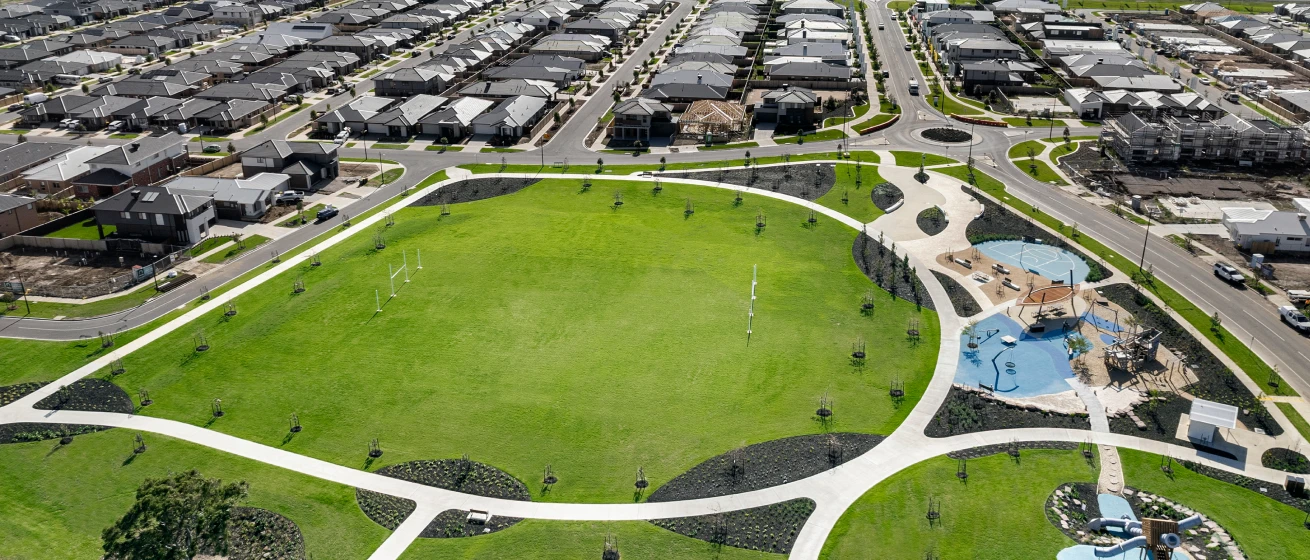
Townhomes
With townhouses to suit every lifestyle and budget, find your perfect home today.
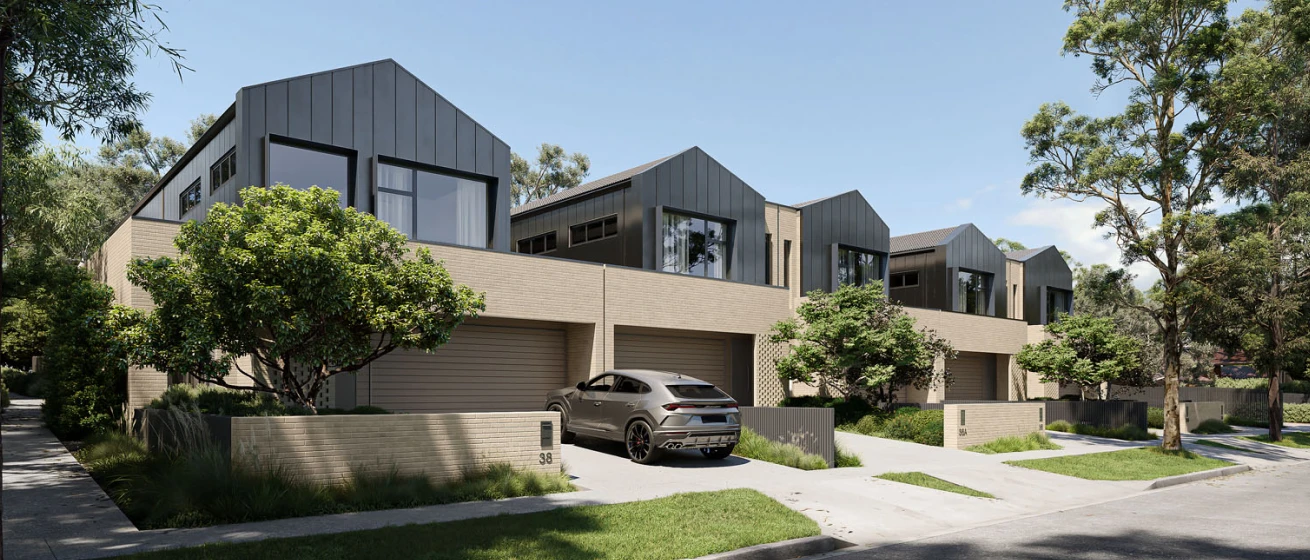
Apartments
Inner city & coastal new apartment projects. Explore our projects to find your perfect location and style of living.

RPM offer a comprehensive suite of professional services at every stage of your property journey.
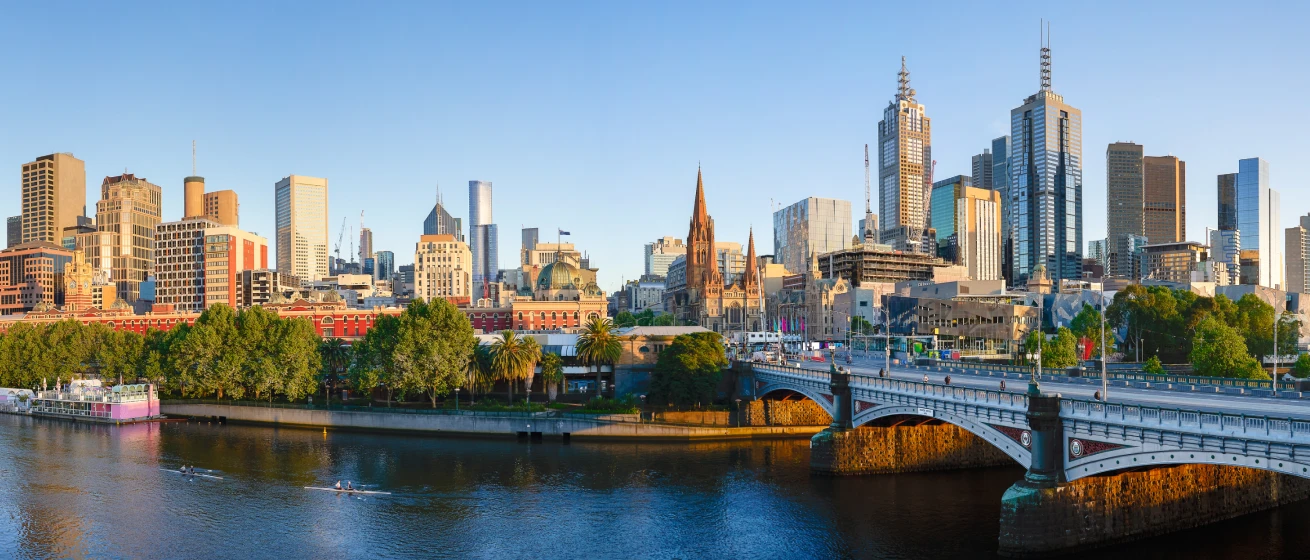
RPM offer a comprehensive suite of professional services at every stage of your property journey.
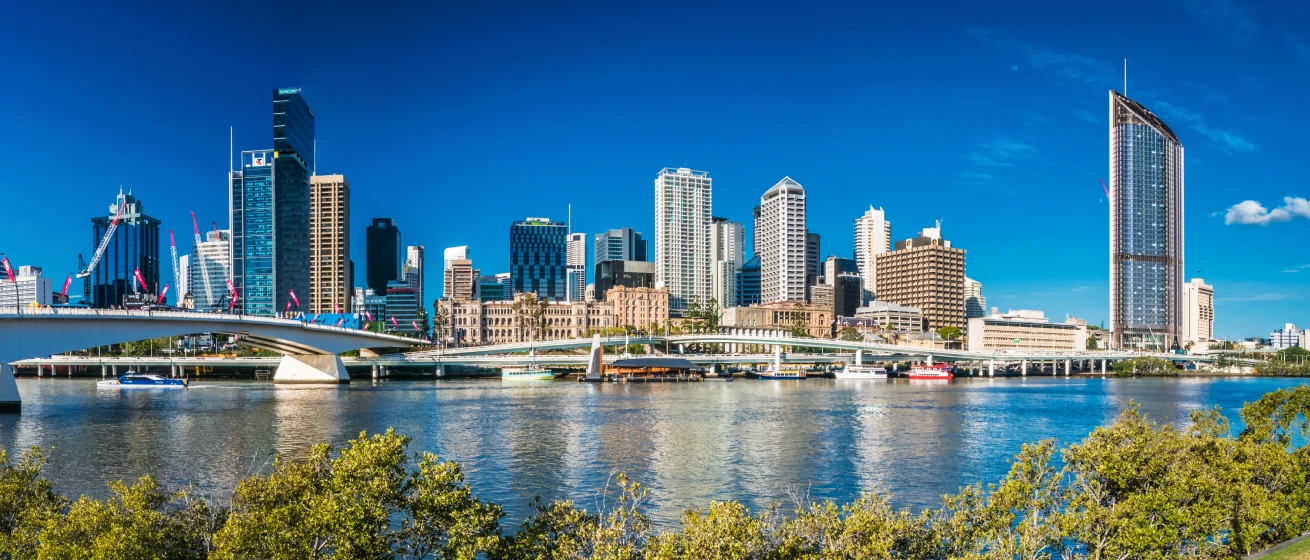
Pioneering new benchmarks in property intelligence, know-how, and data-driven insights, read the RPM Group's story.
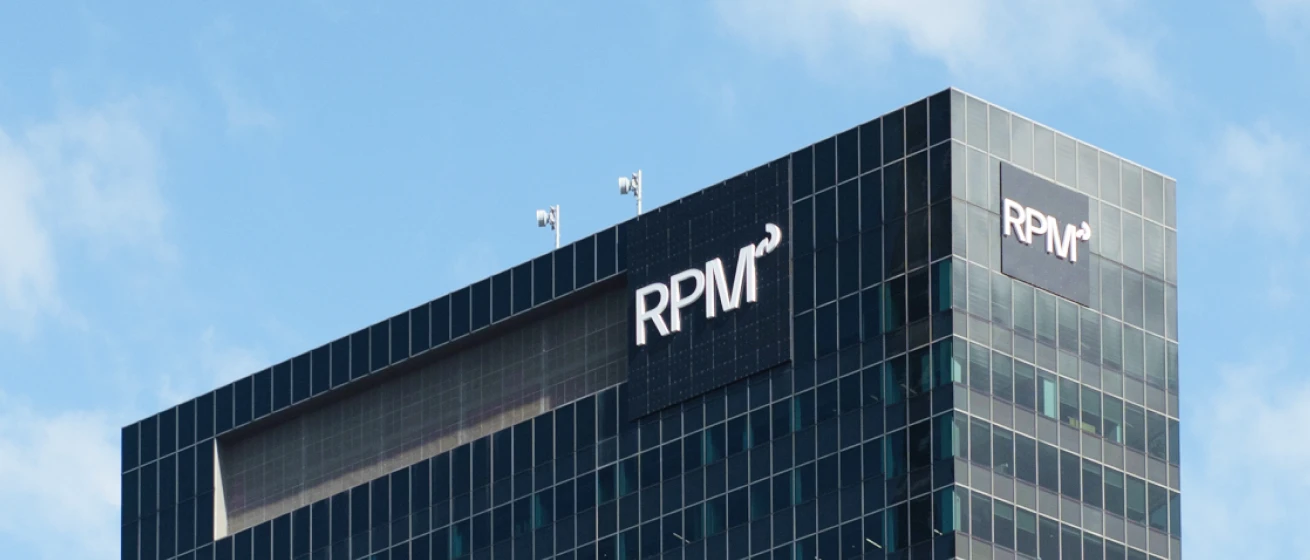
Our Story
Since 1994, RPM has grown to become the industry-leader with an expanding national presence; offering a comprehensive suite of services

Our Team
The heart of our business are the people who make it thrive. Discover the passion and dedication of our national team.
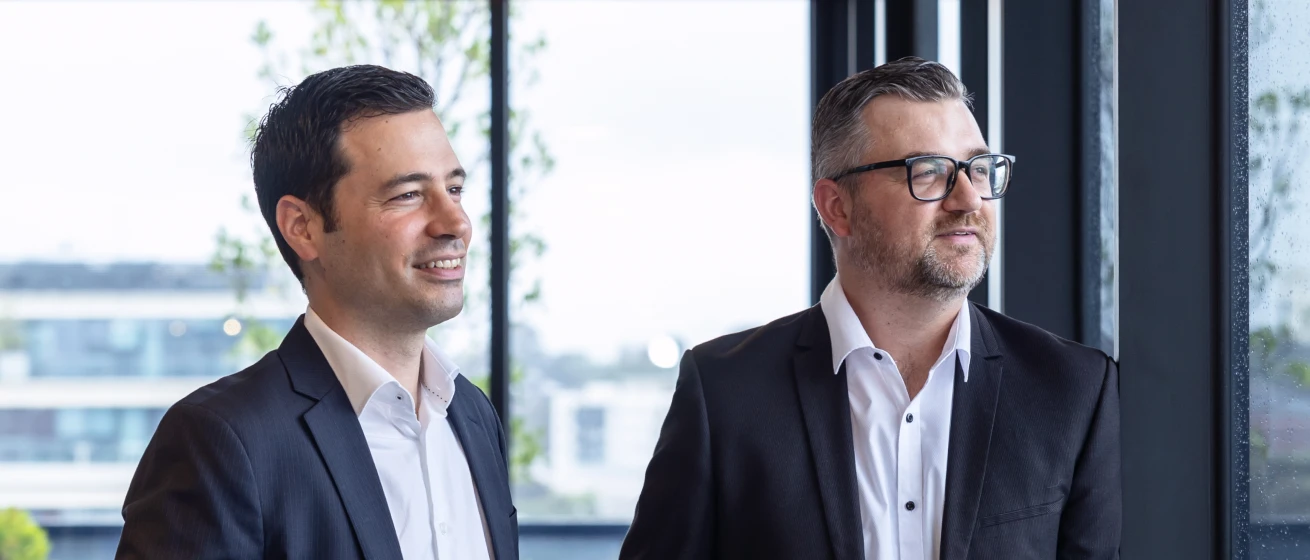
Careers
Our team of property experts is truly unparalleled. See how you can join this exceptional group and shape your future with us.

28.02.2023

Our latest research shows the entire property sector is undergoing a challenging pilgrimage through what can only be described as a post-pandemic hangover. And while we traverse a period widely impacted by heightened economic conditions, the development land market’s current position is not historically unfamiliar.
Given the impacts of increasing difficulty accessing finance, rising interest rates, and cost of living, plus the delays in construction exacerbated by the HomeBuilder land purchasing surge, it is not surprising the retail lot sales sector has taken a recent beating. What we’re seeing across the greenfield space, though, does not reflect the same dramatic drops and dire short-term outlook. In fact, as we saw during the previous cyclical low after the 2016/17 property market peak, development land holds it value, and the same is true in the current market.
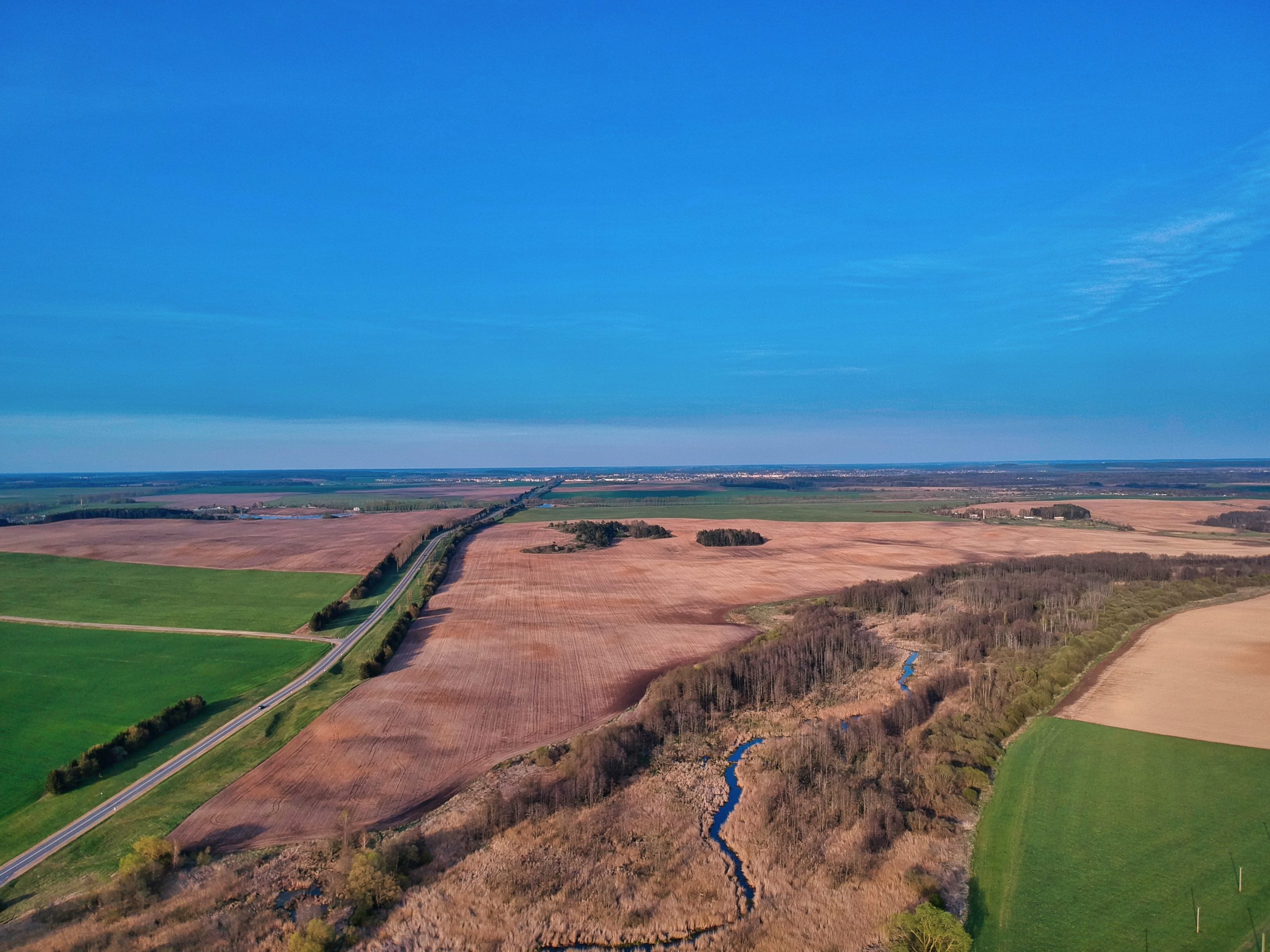
Across the Melbourne and Geelong greenfield markets, price has augmented fairly steadily over the past ten years. This is true for both approved and non-approved land parcels, although the preference for one over the other shares a relationship with demand from residential property market, with developers utilising the variance in settlement terms to their advantage.
The most recent residential market peak was dominated by PSP-approved land transactions, and for good reason. With HomeBuilder and historically low interest rates motivating purchasers to secure lots at pace, developers simply had to keep up with demand. Current enquiries and transactions, by contrast are focused on more strategic, long-term purchase decisions as savvy developers anticipate the next cyclical ascent.
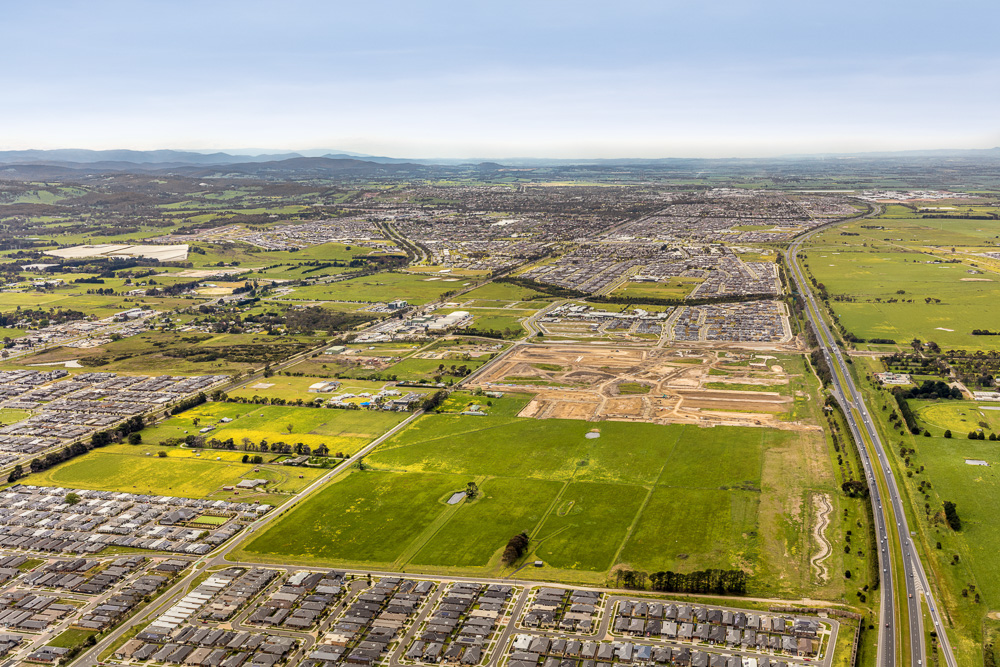
While the transaction volume has decelerated over the past few months, historic data shows that values sustain, and the enquiries and sales still taking place demonstrate investor appetite. With a focus on quality sites in the right location, not to mention with the right terms, there is significant unspent capital in the market which will go towards converting land currently undergoing due diligence – including over $200 million currently with RPM.
As it has demonstrated historically, the development land sector is not exposed to the same recovery challenges as the residential sector coming out of a trough, and in fact, rebounds very quickly. All current signs, including the number of campaign enquiries and the sheer volume of capital currently sitting in due diligence, point to an increasing appetite from developers wanting to be well placed to benefit from the imminent recovery in the vacant land market.
This article was originally published in our Q4 2022 Greenfield Market Report. For the full report, click here.
You can see how this popup was set up in our step-by-step guide: https://wppopupmaker.com/guides/auto-opening-announcement-popups/
